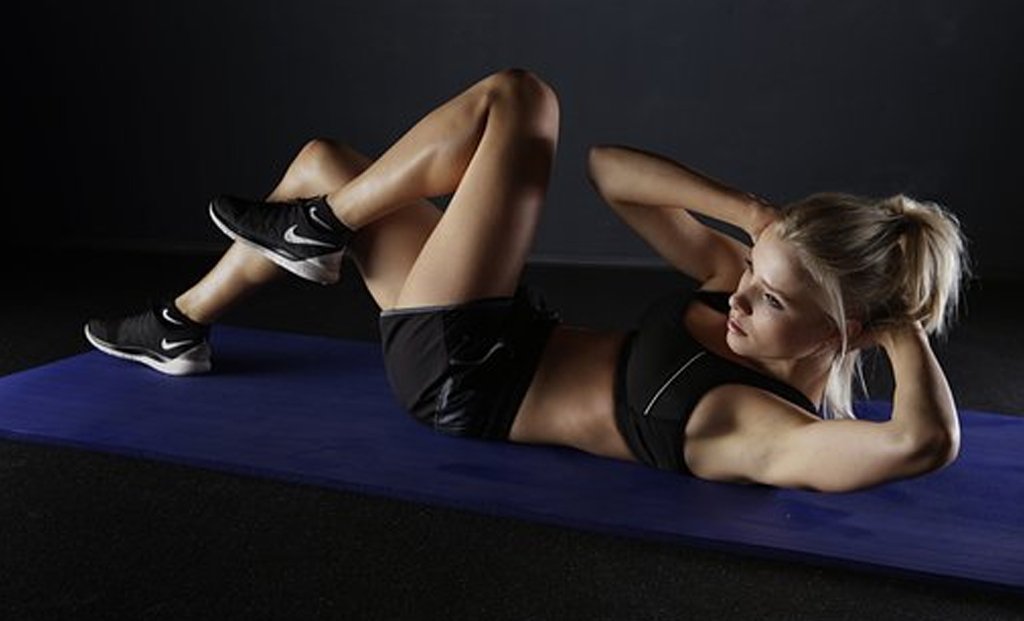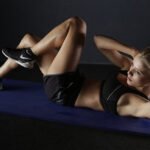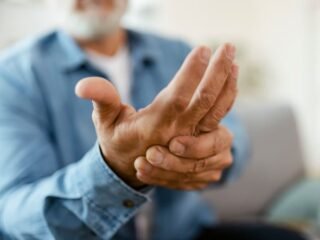New Delhi, 13 October, 2025: In an age where busy schedules and gym costs can make fitness seem out of reach, home workouts have emerged as a powerful and practical solution for people seeking to lose weight and improve their health. With the right exercises, you can torch calories, build lean muscle, and boost your metabolism — all without stepping foot in a gym or buying expensive machines.
Experts emphasize that the key to effective weight loss is consistency, intensity, and variety, not fancy equipment. In fact, bodyweight training can be just as effective — if not more — than machine-based workouts when done correctly.
Here’s a comprehensive look at the best home workouts for weight loss without equipment, along with tips to maximize results.
Why Equipment-Free Workouts Work
Many people assume they need treadmills or dumbbells to burn fat, but your own body is one of the best fitness tools you have. Equipment-free workouts are incredibly effective because:
- They use compound movements: Bodyweight exercises often engage multiple muscle groups at once, leading to higher calorie burn.
- They improve mobility and functional strength: Unlike machine exercises that isolate specific muscles, bodyweight moves help build real-world strength and agility.
- They’re convenient: No commute, no waiting for equipment — you can work out anytime, anywhere.
- They can be scaled: Whether you’re a beginner or advanced, you can adjust the intensity of bodyweight exercises to match your fitness level.
Top No-Equipment Exercises for Weight Loss
These foundational exercises can form the backbone of an effective at-home weight-loss routine. They target major muscle groups, elevate your heart rate, and help build endurance.
1. Jumping Jack
A timeless classic, jumping jacks are a full-body cardio move that gets your blood pumping fast.
- How to do it: Stand with feet together, arms at your sides. Jump your feet out to the sides while raising your arms overhead. Jump back to the starting position.
- Benefits: Boosts heart rate, improves coordination, burns calories quickly.
- Pro tip: Do them in intervals (30–60 seconds) to maximize fat burn.
2. High Knees
High knees are a fantastic way to combine cardio and core engagement.
- How to do it: Stand tall, then run in place, bringing your knees as high as possible toward your chest. Pump your arms to maintain momentum.
- Benefits: Increases heart rate, strengthens legs and core, improves stamina.
- Pro tip: Keep your core tight and drive your knees up fast for maximum effect.
3. Burpee
The burpee is one of the most powerful bodyweight moves for fat loss.
- How to do it: Start standing, squat down, place hands on the floor, jump your feet back into a plank, then jump forward and explode up into a jump.
- Benefits: Works the entire body, builds strength and endurance, burns lots of calories.
- Pro tip: Beginners can step back instead of jumping to modify the move.
4. Mountain Climber
Mountain climbers are like a cardio plank — they work your core while raising your heart rate.
- How to do it: Start in a plank position. Drive one knee toward your chest, then quickly switch legs in a running motion.
- Benefits: Strengthens core, arms, shoulders, and legs while boosting cardiovascular fitness.
- Pro tip: Keep your hips low and move fast.
5. Bodyweight Squat
Squats are a cornerstone of any effective workout — equipment or not.
- How to do it: Stand with feet shoulder-width apart. Lower your body by pushing your hips back and bending your knees, keeping your chest lifted. Return to standing.
- Benefits: Tones legs and glutes, builds strength, and burns calories.
- Pro tip: Add a jump at the top to turn it into a squat jump for extra intensity.
6. Push-Up
Push-ups are a great way to work your upper body and core simultaneously.
- How to do it: Start in a plank with hands slightly wider than shoulders. Lower your chest toward the floor, then push back up.
- Benefits: Strengthens chest, shoulders, triceps, and core.
- Pro tip: Modify by dropping to your knees if needed, then build up to full push-ups.
7. Plank
Planks are a powerful core move that also builds total-body stability.
- How to do it: Start on your forearms and toes, body in a straight line from head to heels. Engage your core and hold.
- Benefits: Strengthens abs, back, shoulders, and stabilizers.
- Pro tip: Focus on breathing and maintaining alignment, not just holding for time.
Structuring Your Home Fat-Burning Workout
A smart structure will make your workout more efficient and help maximize fat burn. Here’s a simple 30-minute equipment-free routine that combines strength and cardio:
- Warm-up (5 minutes)
- Jumping jacks × 1 min
- High knees × 1 min
- Arm circles + hip rotations × 1 min
- Leg swings + dynamic stretches × 2 min
- Circuit (20 minutes) — repeat 3–4 rounds
- 15 squats
- 10 push-ups
- 30 seconds mountain climbers
- 10 burpees
- 30 seconds plank
- 20 jumping jacks
- Cool Down (5 minutes)
- Light jogging or marching in place
- Gentle stretches for hamstrings, quads, arms, and back
- Deep breathing exercises
Tip: Keep rest between exercises minimal (10–20 seconds) to keep your heart rate elevated and maximize calorie burn.
Why HIIT Works So Well at Home
High-Intensity Interval Training (HIIT) has become a popular weight loss strategy — and for good reason. Alternating short bursts of intense effort with brief rest periods can burn more calories in less time, increase metabolism, and improve cardiovascular health.
Example HIIT structure for beginners:
- 30 seconds high knees
- 15 seconds rest
- 30 seconds squats
- 15 seconds rest
- 30 seconds mountain climbers
- 15 seconds rest
- 30 seconds burpees
- 15 seconds rest
Repeat for 4 rounds. The entire workout takes less than 20 minutes but delivers powerful results.
Nutrition and Recovery: The Other Half of the Equation
While workouts play a major role in weight loss, exercise alone isn’t enough. What you eat and how you recover are just as crucial.
- Prioritize whole foods: Focus on lean proteins, whole grains, fruits, vegetables, and healthy fats.
- Stay hydrated: Water supports fat metabolism and energy levels.
- Avoid ultra-processed foods: Sugary drinks, junk food, and excess refined carbs can slow progress.
- Rest and sleep: Muscle recovery and fat loss happen when you rest. Aim for 7–8 hours of quality sleep.
- Track your progress: Even at home, measuring your activity, nutrition, and energy levels can keep you motivated.
Consistency Over Perfection
A common mistake people make when working out at home is starting strong and losing momentum. The key to long-term weight loss is building habits you can maintain.
- Schedule your workouts like appointments.
- Choose a time of day that fits your lifestyle.
- Start small (even 15 minutes a day) and build up gradually.
- Mix up your routine to keep it fun and challenging.
Remember: small, consistent actions lead to big results over time.
How to Stay Motivated at Home
Working out at home comes with its own set of challenges — distractions, lack of space, and sometimes, lack of motivation. Here are a few tips to stay on track:
- Create a dedicated workout corner or space.
- Play energetic music or follow guided workout videos.
- Involve a friend or family member for accountability.
- Celebrate milestones — even small ones.
- Remind yourself why you started.
Realistic Results: What to Expect
Healthy and sustainable weight loss is typically 0.5 to 1 kg (1 to 2 pounds) per week. With regular bodyweight workouts and mindful eating, most people begin noticing:
- Improved endurance and strength within 2–4 weeks.
- Increased energy levels.
- Visible changes in body composition after 6–8 weeks.
Unlike crash diets or quick fixes, home workouts build habits that last. They empower you to take control of your health on your terms.
Your Body Is the Gym
You don’t need expensive machines or memberships to transform your body. With structured bodyweight workouts, smart nutrition, and consistency, you can burn fat, build strength, and achieve sustainable weight loss right at home.
The beauty of no-equipment workouts is their accessibility and adaptability — whether you’re in a small apartment, a hotel room, or your backyard. What matters most is showing up for yourself, one workout at a time.






